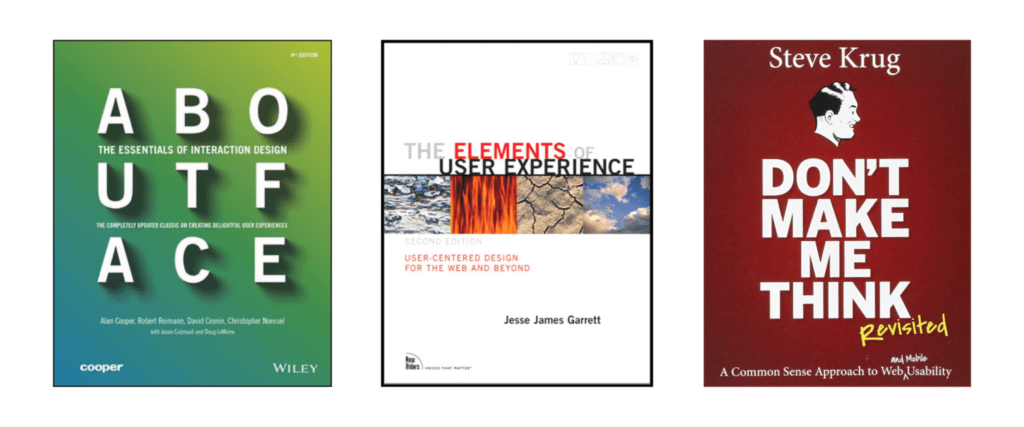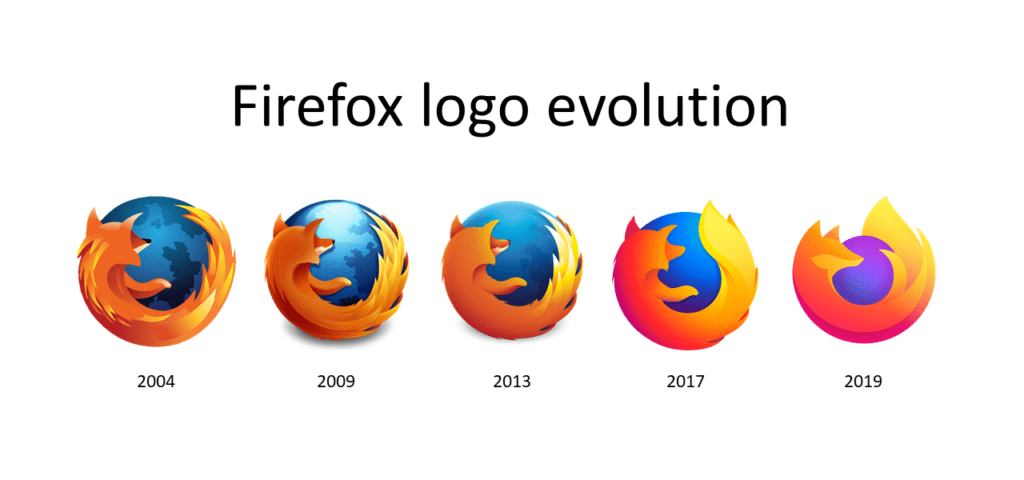User Experience (UX) design is becoming one of the most sought after fields both by companies and job seekers. This stems from an increased emphasis on usability in technology, with major companies such as Google, Apple and Amazon being at the forefront of this change.
From online courses to books and videos, there are many ways one can learn more about UX design. There is no “correct” way on how one should go about learning it. After all, UX designers themselves come from a multitude of different fields, as seen from our students. Thus, this article aims to provide you with some ideas on the best ways to learn UX design and how you can structure your learning as a beginner in the field.




